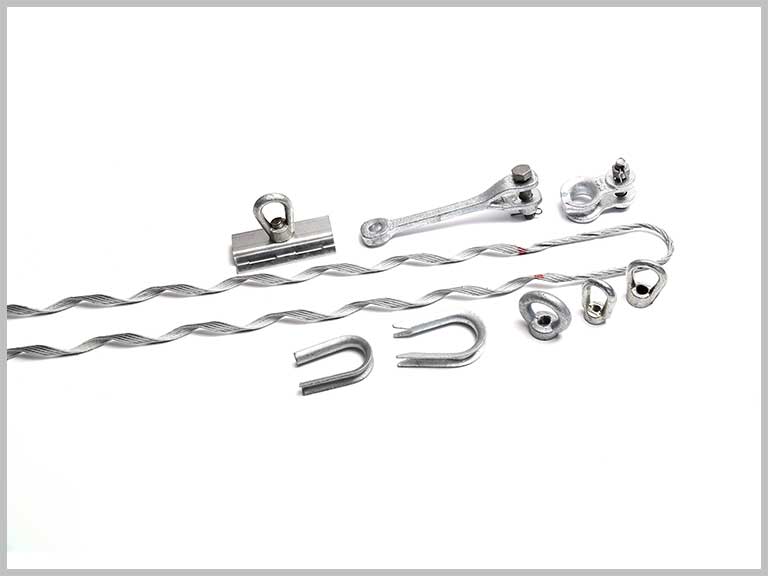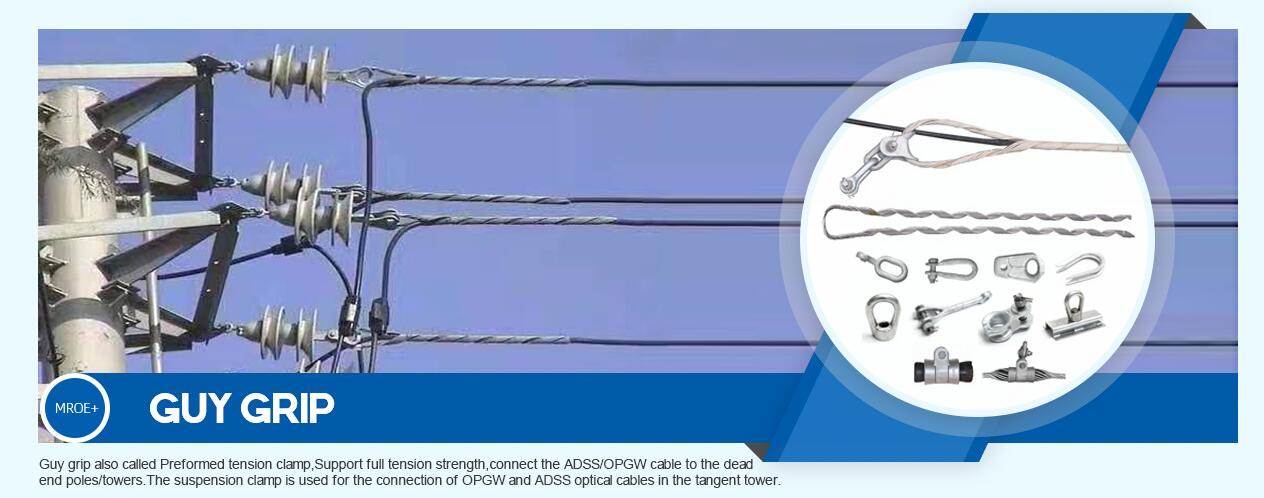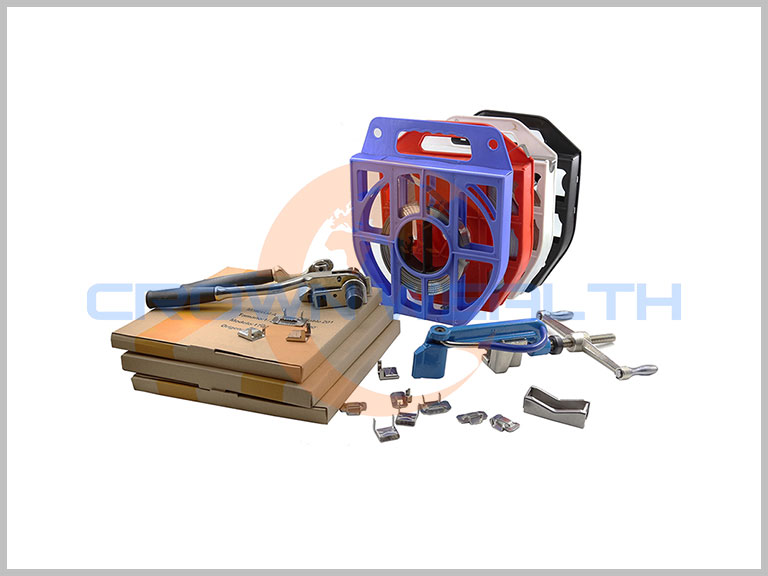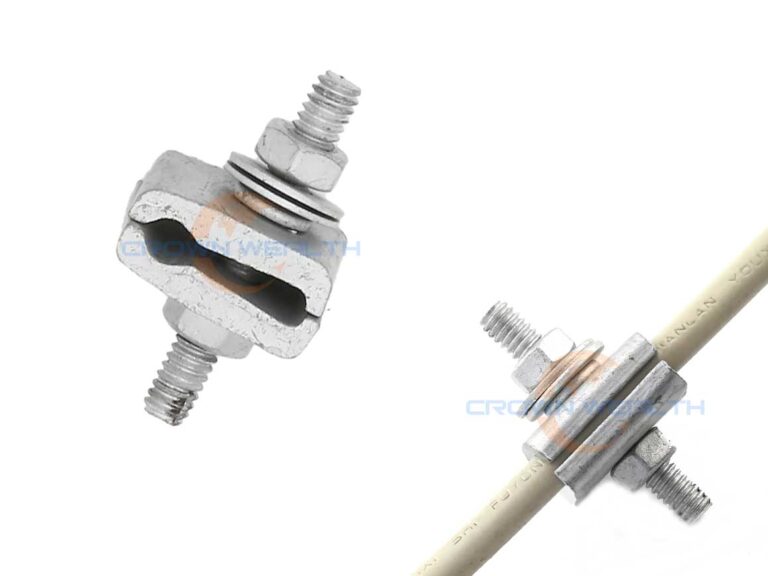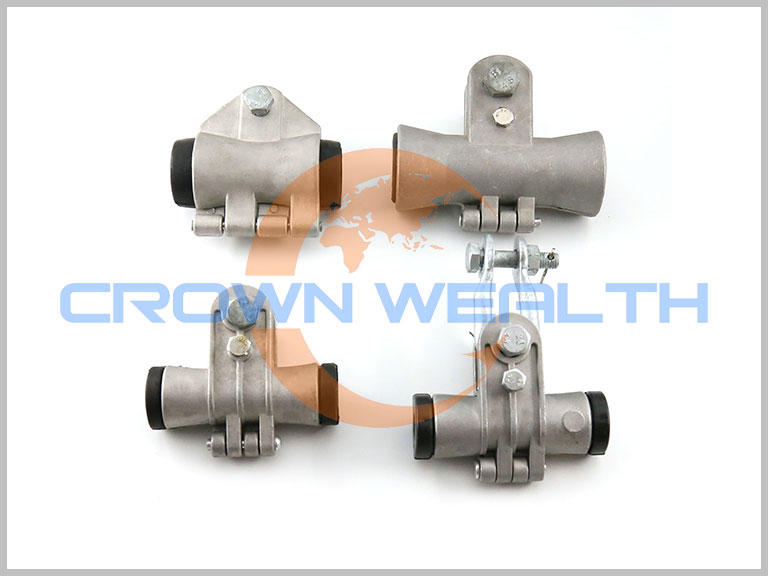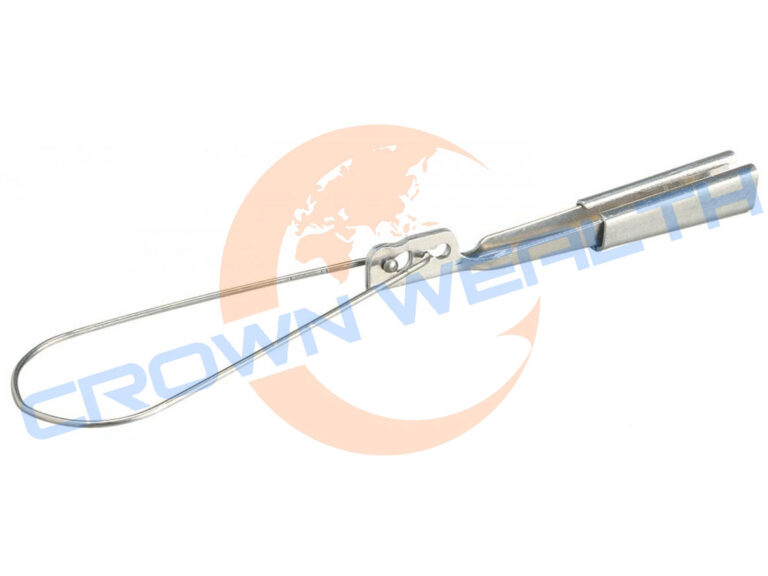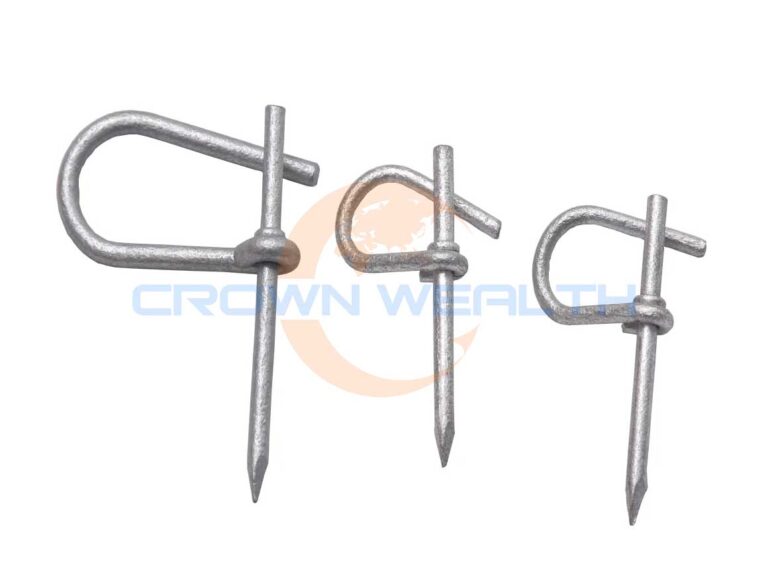1. What is the OPGW Cable?
OPGW cable, also known as optical fiber composite overhead ground wire. The optical fiber is placed in the ground wire of the overhead high voltage transmission line to form the optical fiber communication network on the transmission line. This structure has both ground wire and communication functions, which is generally called OPGW optical cable.
2. What is the ADSS Cable?
ADSS cable, also known as the medium messenger cable, is a kind of composed of medium material, its all contain the necessary support systems, can be directly hung on the electric power poles of non-metallic fiber optic cable, it is mainly used for overhead high voltage transmission system of the communication line, can also be used for lightning areas, large span and other overhead laying under the environment of communication lines.
Parts of ADSS Accessories
Some of the main parts of ADSS accessories include the following:
· Preformed Tension Clamp
Also known as a preformed dead end or dead-end cable grips with a unique design for connecting ADSS/OPGW to overhead poles. It simplifies connections and installations and safeguards the cable it conceals inside it. You can use it to protect the ADSS/OPGW cables from the damage, especially at the points of stress. Besides using it for protection, it will be making sure that the cable transfers power and information without interruption.
· Armor Grip Suspension
The Armor grip suspension has a unique design that reduces the dynamic and static stresses at the point of support. The support intends to protect the strand or the conductor from effects such as that of oscillation. Apart from that, it offers protection to the conductor in support against power and impulse flash overs. It has a recommendation of being better and superior to armor clamp combinations.
This is because it safeguards conductors from compression stress, abrasion, and bending stress.
· Thimble Clevis
A thimble clevis has a special design for use in conjunction with preformed dead-ends on dead-end insulators or suspension type. The thimble’s main intention is the provision of a smooth internal contour that prevents the concentration of stress within the loop. The loop where all these connections are in the loop of the dead-end.
The thimble clevis consists of a steel pin linking it through the eye of the insulator it connects. Apart from that, the pin has a humpbacked cotter key that protects and secures the insulation.
· Armor Rod
The armor rod has a special design that protects the cable against abrasion, bending, compression, and flash-over. Apart from that, you can use it to repair damages on aluminum-based conductors and to restore conductors. The primary restoration is on the mechanical strength of the conductors and conductivity of the conductors.
· Downlead Clamp
Downlead clamps have a special design for guiding optical ground wires from the splice box to the top of the pole. They are very easy to install, providing proper space and holds strengths without causing damage to the cables. You can use it on power poles and communication towers to meets all the specified needs of any application you might have.
The difference between ADSS and OPGW cable lies in their difference of structural and characteristics
A. Structural
a. ADSS Cable
1. The optical fiber in the casing is a loose sleeve structure
2. Cable core structure is layer stranded
3. The stranding mode is SZ stranding
4. The outer sheath has the function of anti-electric corrosion
5. The main force bearing component is aramid yarn
b. OPGW Cable
1. optical fiber unit (stainless steel tube, aluminum clad stainless steel tube)
2. metal monofilaments (aluminum clad steel, aluminum alloy) peripheral strengthening
B. Characteristics
a. ADSS Cable
1. The periphery of the aramid yarn is strengthened, and the elasticity is good, and the fiber will not be injured when the fiber is shot at a distance of about 10 meters.
2. No metal, anti-electromagnetic interference, lightning protection, strong electromagnetic field resistance
3. Excellent mechanical and environmental performance
4. Light weight and convenient construction
5. Utilize existing poles and towers to save line construction costs
6. It can be erected with power to reduce the loss caused by power outage
7. It is independent of the power line and convenient for maintenance
8. It is a self-supporting optical cable, no auxiliary hanging cables such as hanging wires are required
b. OPWG Cable
1. All metal
2. Excellent mechanical and environmental performance
3. It has good matching with the ground wire, and the mechanical and electrical properties are almost the same
4. Realize optical fiber communication, while shunting short-circuit current to guide lightning current.
We are an ADSS and OPWG fittings supplier. If you are interested in our products, please contact us now!

